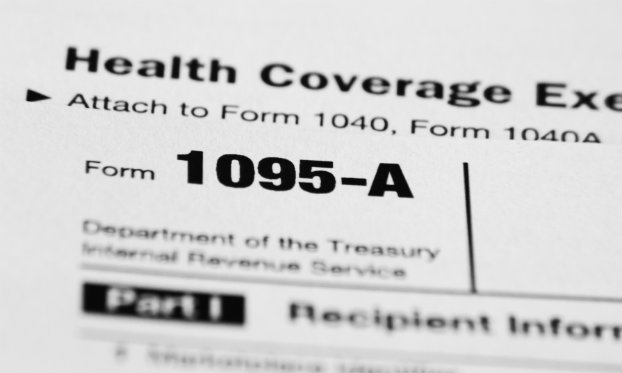One part of the Affordable Care Act (ACA) that has business owners shifting toward offering more voluntary benefits is the Cadillac Tax. Due to go into effect in 2018, this 40 percent levy on “high cost” health care plans was created to offset the costs of the ACA.
Exposure to the tax is based on how much businesses pay for employee health coverage above a certain limit – the “high cost” threshold. Once the Cadillac Tax goes into effect, for a health care plan whose maximum yearly benefit per individual exceeds $10,200 — or $27,500 for family plans — 40 percent of the the excess will be taxed.
As many as half of all American health care insurance plans may face the scourge of the Cadillac Tax in 2018.
Employer Response to the Cadillac Tax: ‘Avoid It’
With time to prepare for its arrival, employers who have spotted the tax coming over the horizon have already started tacking away.
RELATED: ACA Compliance: New Regulations & Rising Costs in 2016
Of businesses with over 200 employees, 13 percent have already implemented changes to their company-sponsored health plan coverage by trying to contain costs and offering a wider range of supplemental coverage options.
Employers are also migrating their employees to High Deductible Health Plans (HDHPs)while offering voluntary benefits paid with after-tax dollars to fill the insurance gaps.
The Cost of Offering Benefits Under Obamacare
Continuing to offer great benefits while negotiating the Cadillac Tax is proving to be HR’s next great balancing act. Transferring costs to employees impacts hiring — and not in a good way. Businesses want to avoid it, if possible.
The costs of paying the tax are real, but those of avoiding it may also have a significant impact. Under Obamacare’s “play-or-pay” system, dropping benefits below the 60 percent actuarial minimum value can jeopardize a company’s ability to offer health care coverage.
Companies must stay positive while restructuring their benefits plans to meet worker expectations. For example, cost savings accrued by offering higher deductible health plans can be shifted toward payment of voluntary benefits on a post-tax basis.
Voluntary Benefits Help Businesses Avoid the Cadillac Tax
The list of possible insurance plans is extensive and can cover employee:
 Accidents
Accidents Critical Illnesses
Critical Illnesses Hospitalization
Hospitalization Vision Care
Vision Care Dental Care
Dental Care Life Insurance
Life Insurance Cancer Insurance
Cancer Insurance Short-Term Disability
Short-Term Disability Other Insurances
Other Insurances
Avoid the Cadillac Tax by Maintaining Wellness In-House
Health coverage only helps to solve the problem of worker illness or injury; it does nothing to prevent such conditions in the first place. Businesses threatened by rising costs are realizing that maintaining a healthy workforce can lead to immeasurable savings.
Keeping the employee population healthy and out of physician offices can start at the corporate level by offering:
 On-site health clinics
On-site health clinics Health conscious food alternatives
Health conscious food alternatives Exercise opportunities
Exercise opportunities Voluntary or mandatory health-risk assessments
Voluntary or mandatory health-risk assessments Checks and balances that encourage employees to maintain wellness
Checks and balances that encourage employees to maintain wellness On-site wellness technology
On-site wellness technology Wellness education
Wellness education Retail and travel discounts for health-related purchases
Retail and travel discounts for health-related purchases Health insurance premium discounts for meeting health goals, gift cards, or even cash back
Health insurance premium discounts for meeting health goals, gift cards, or even cash back
RELATED: 3 Reasons Why Employee Benefits are Critical to Small Business Growth
Employees are awakening to the rising costs of health care. Businesses who wish to remain a boon to their employees while avoiding hefty health care tax fees must remain nimble and continue to look for cost savings where they can.
What the benefits landscape will look like once the Cadillac Tax goes into force is anyone’s guess, but companies that take the hard road to prepare for many possibilities will be well situated to deal with any oncoming belt-tightening that may be necessary.
And if it turns out that fears over the Cadillac Tax have been magnified, then a focus on making the tough changes now could lead to even more robust benefits for employees. Best to do what needs to be done in the present, so that the future will always be looking bright.
If you found this article helpful, may we suggest:
 For more on partnering with a benefits administrator, read What Are the HR Functions of a PEO?
For more on partnering with a benefits administrator, read What Are the HR Functions of a PEO? For more on helping employees save for health care, read Section 125 Cafeteria Plans: What Are They & How Can a PEO Help?
For more on helping employees save for health care, read Section 125 Cafeteria Plans: What Are They & How Can a PEO Help? For more on saving money at your company, read How Today’s Small Businesses Are Successfully Boosting Profits.
For more on saving money at your company, read How Today’s Small Businesses Are Successfully Boosting Profits.



